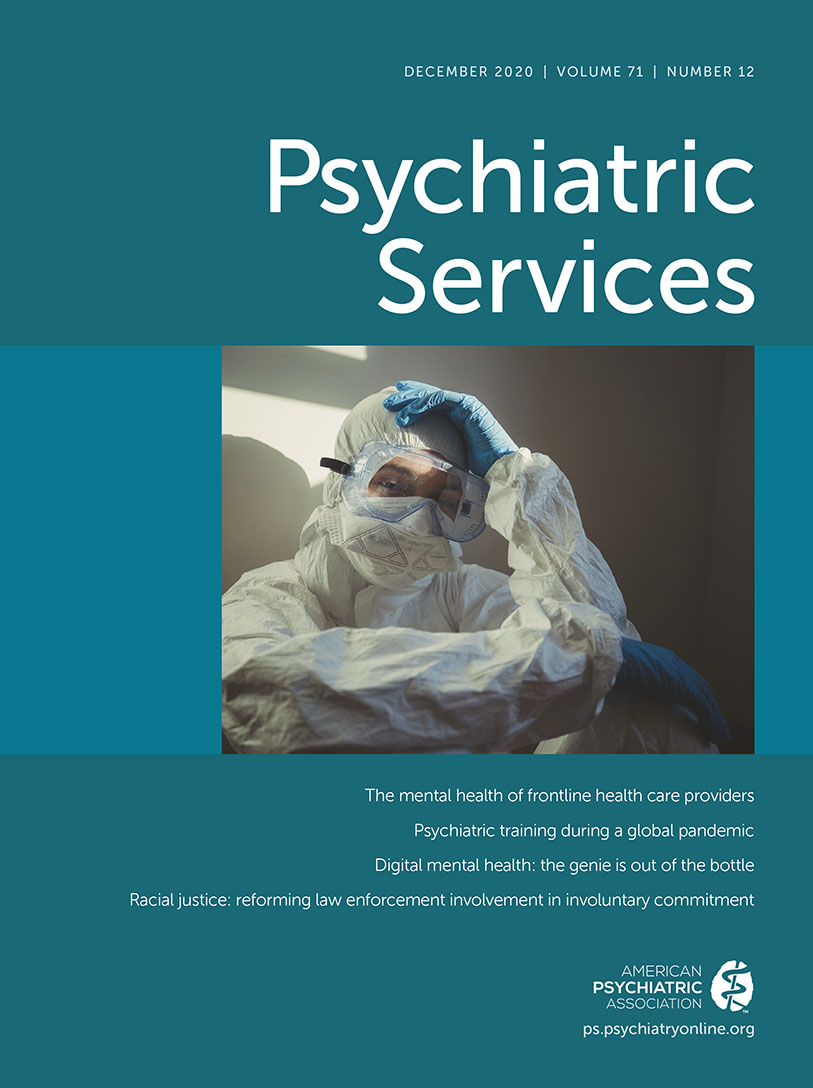Effect of Contact-Based Interventions on Stigma and Discrimination
TO THE EDITOR: In a recent Open Forum, Anthony Jorm reviewed the status of research on contact with people with mental illness as an approach for reducing the public stigma of mental illness (1). Contact decreases stigma when the public interacts with people in recovery from mental illness. Jorm highlighted concerns about the status quo of stigma reduction research, ending his essay with a list of standards to guide future research. Community-based participatory research (CBPR) was noticeably absent from his list. CBPR is an approach to empirical investigation in which people from a focal community (e.g., people with serious mental illness) partner with scientists to conduct all phases of social research. Proponents of CBPR recognize general principles of human behavior and behavior change that lead to the traditional research approaches driving pursuits of psychiatric services (2). But with the maturing of psychiatric science comes the realization that these general principles are contextually based and that essential factors in culture and community can affect both behavior and behavior change. Given that community is an essential construct in understanding psychiatric illness and services, members of that community need to be part of the research team addressing the specific empirical concern. Hence, services research should be driven by CBPR teams in which constituents of the community are partners. For stigma research, these teams would include advocates with lived experience. Note that people with lived experience are not objects of study, but rather full partners in carrying out the project, interpreting results, and translating results into policy.
This kind of empowered approach to services research echoes the recurring call for people with lived experience to be at the center of antistigma programs (3). Being on the receiving end of stigma, they should be driving solutions. They do this not from a position of sympathy but rather empowerment. All the rest of us—service providers, family members, researchers—are their allies. I expect that CBPR will have a special kinship with contact-based approaches compared with other antistigma strategies, such as education. Contact-based interventions place people with lived experience at the center of antistigma interventions. Hence, future research needs to incorporate CBPR to make sure this agenda is reflected.
1 : Effect of contact-based interventions on stigma and discrimination: a critical examination of the evidence. Psychiatr Serv 2020; 71:735–737Link, Google Scholar
2 : Community-based participatory research contributions to intervention research: the intersection of science and practice to improve health equity. Am J Public Health 2010; 100(suppl 1):S40–S46Crossref, Medline, Google Scholar
3 : The Stigma Effect: Unintended Consequences of Mental Health Campaigns. New York, Columbia University Press, 2018Google Scholar



